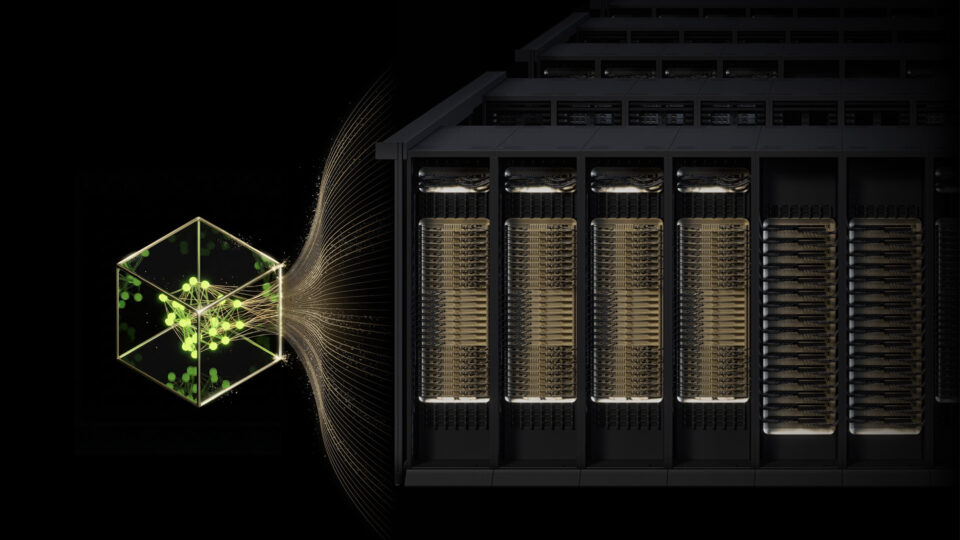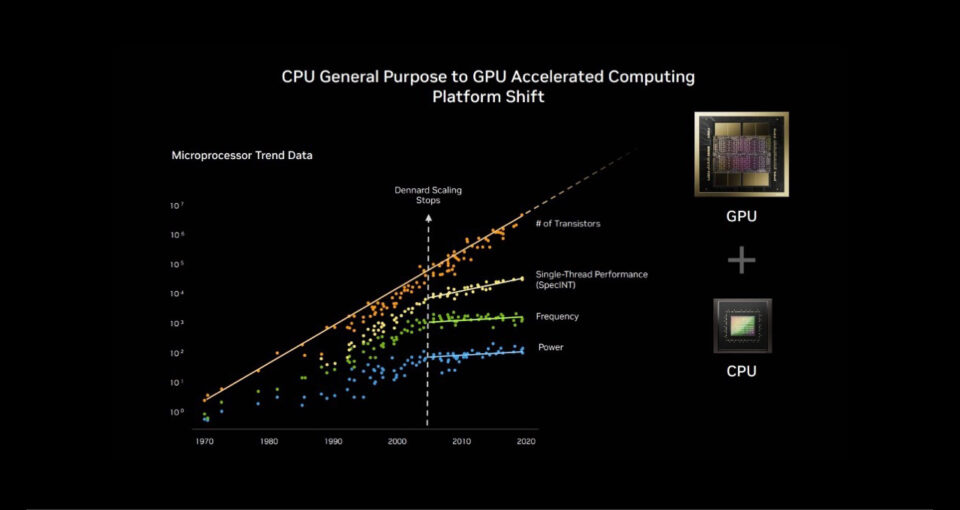In Las Vegas’s T-Mobile Arena, fans of the Golden Knights are getting more than just hockey — they’re… Read Article
Corporate
Most Popular
As AI Grows More Complex, Model Builders Rely on NVIDIA
Unveiling what it describes as the most capable model series yet for professional knowledge work, OpenAI launched GPT-5.2 today. The model was trained and deployed on NVIDIA infrastructure, including NVIDIA… Read Article
Opt-In NVIDIA Software Enables Data Center Fleet Management
As the scale and complexity of AI infrastructure grows, data center operators need continuous visibility into factors including performance, temperature and power usage. These insights enable data center operators to… Read Article
3 Ways NVIDIA Is Powering the Industrial Revolution
The NVIDIA accelerated computing platform is leading supercomputing benchmarks once dominated by CPUs, enabling AI, science, business and computing efficiency worldwide. Moore’s Law has run its course, and parallel processing… Read Article
At NeurIPS, NVIDIA Advances Open Model Development for Digital and Physical AI
Researchers worldwide rely on open-source technologies as the foundation of their work. To equip the community with the latest advancements in digital and physical AI, NVIDIA is further expanding its… Read Article
Microsoft, NVIDIA and Anthropic Announce Strategic Partnerships
Today, Microsoft, NVIDIA and Anthropic announced new strategic partnerships. Anthropic is scaling its rapidly growing Claude AI model on Microsoft Azure, powered by NVIDIA, which will broaden access to Claude… Read Article
Accelerated Computing, Networking Drive Supercomputing in Age of AI
At SC25, NVIDIA unveiled advances across NVIDIA BlueField DPUs, next-generation networking, quantum computing, national research, AI physics and more — as accelerated systems drive the next chapter in AI supercomputing…. Read Article
Successful by Design: How Alex Starnes Crafted His Dream Career
One of the first things Alex Starnes designed was his own career path. Now a user experience (UX) designer at NVIDIA, he once had to fight for chances to prove… Read Article
NVIDIA Founder and CEO Jensen Huang and Chief Scientist Bill Dally Awarded Prestigious Queen Elizabeth Prize for Engineering
NVIDIA founder and CEO Jensen Huang and chief scientist Bill Dally were honored this week in the U.K. for their foundational work in AI and machine learning. They were among… Read Article






